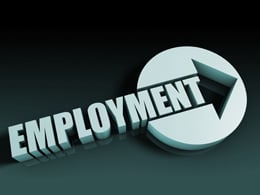Once again, we’ve hit the federal government’s borrowing limit. Having maxed out its credit card with the bond markets, the U.S. government is now pursuing the “usual emergency measures” while waiting for Congress to approve an increase in the debt limit.
We’ll probably be hearing about this, at high volume, for quite a while—and, based on past experience, right up until the last minute—so it’s worth understanding what is likely to happen.














